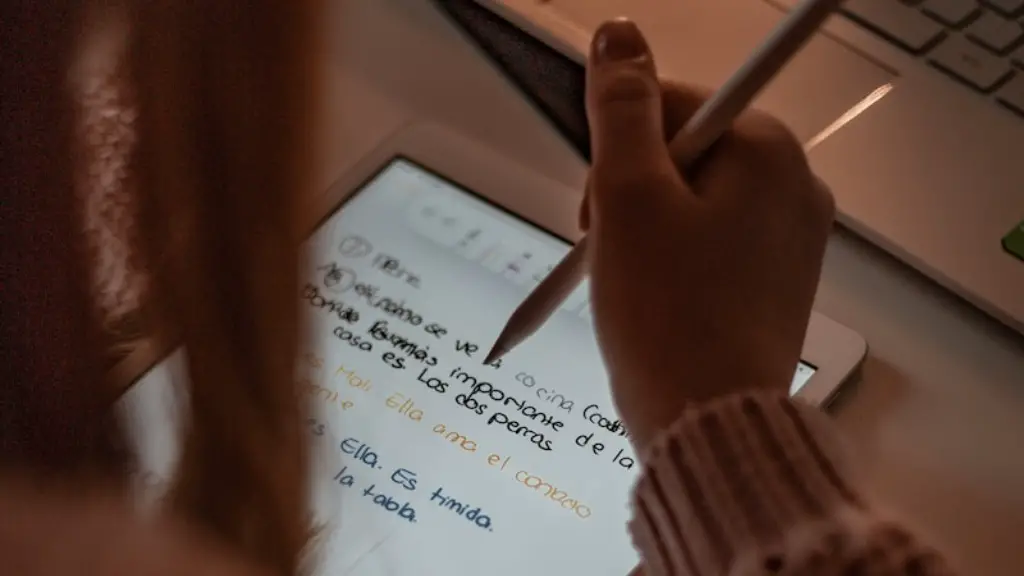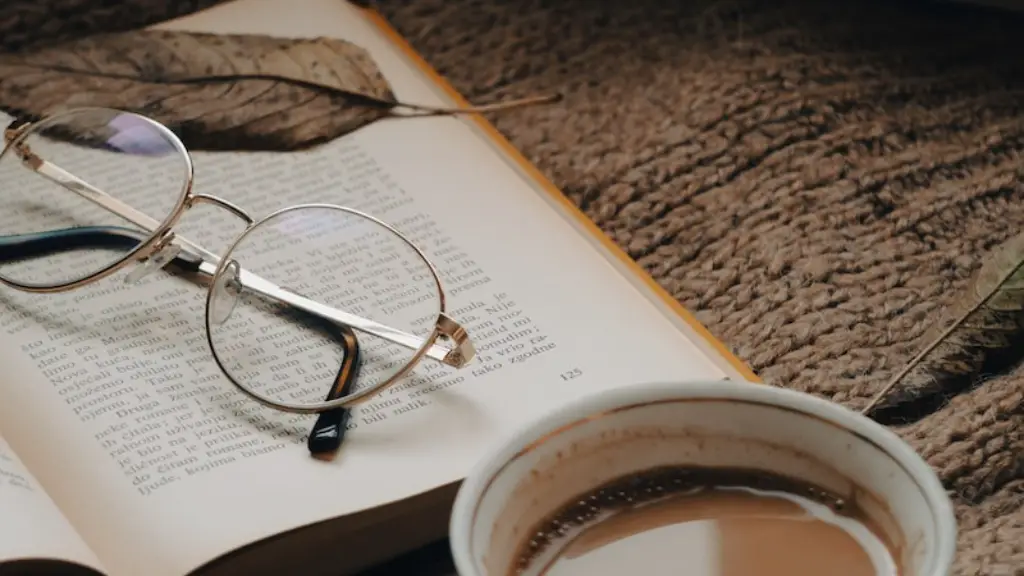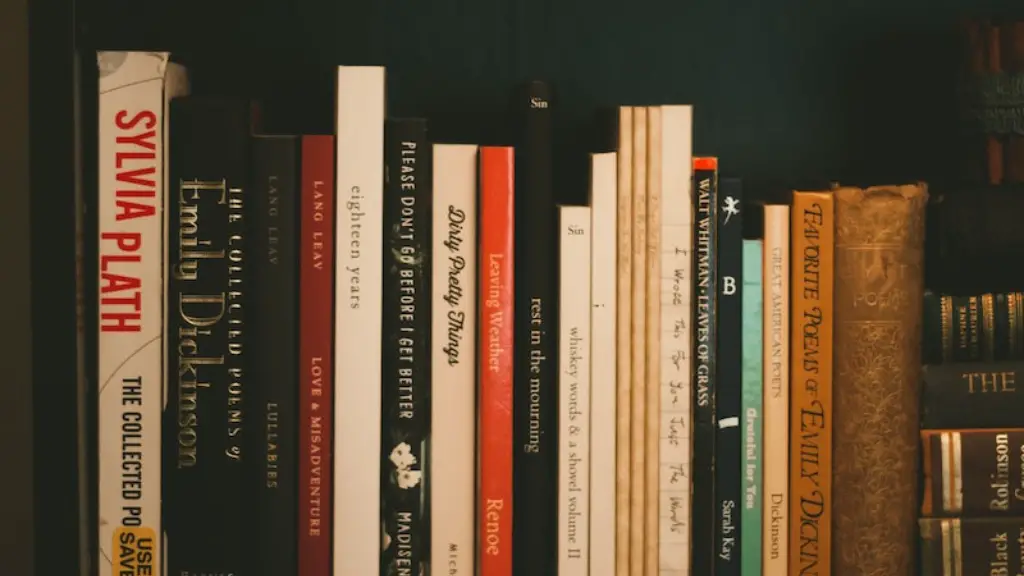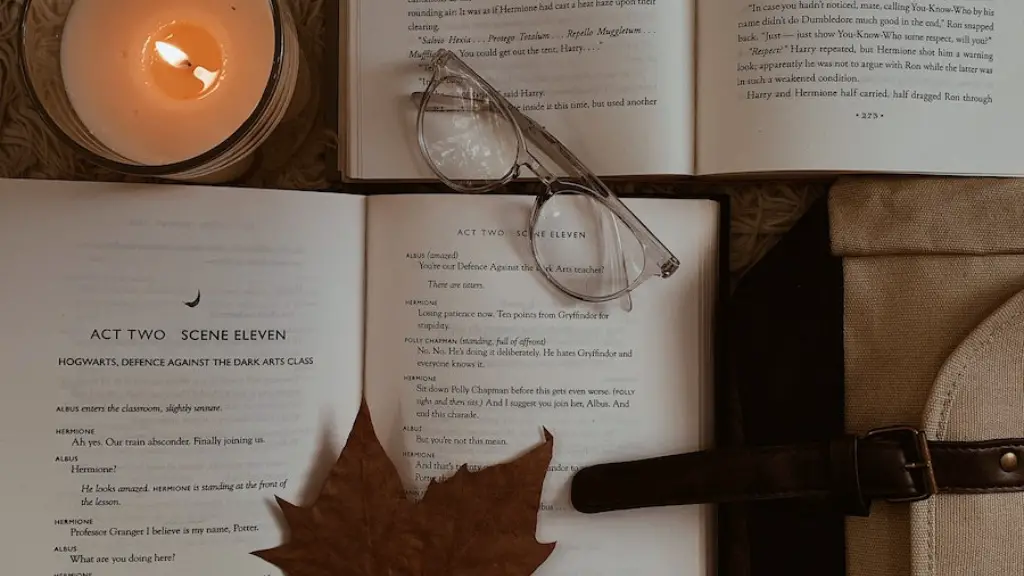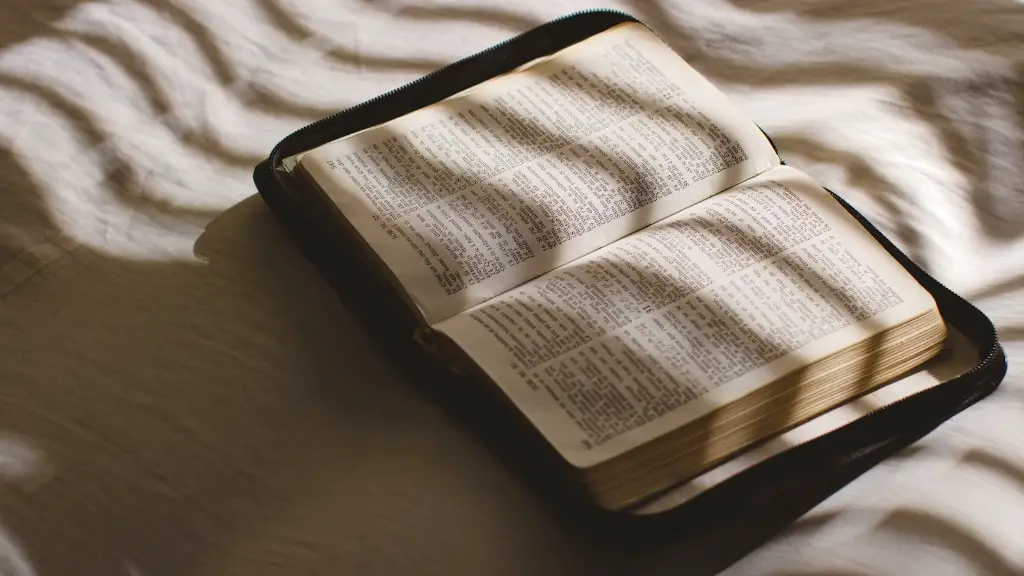What is Foreshadowing in Poetry
Foreshadowing in poetry is a literary device used by poets to indicate the events and other details of the story to come. It is a technique used to create suspense in a poem and can be used to provide clues as to how the poem will unfold. Foreshadowing can be a subtle hint or an overt announcement of what is to come, and it can be a powerful tool to engage the reader’s interest.
Foreshadowing can take many forms in poetry. In some poems, a phrase or word can suggest a future event or action, while in other poems a particular symbol or repeated phrase may foreshadow what is to come. Additionally, there may be a recurring element in the poem that hints at a future event or outcome. A poet may also choose to provide the reader with hints and clues about the theme of the poem.
The primary purpose of foreshadowing in poetry is to create suspense and anticipation. By hinting at future events in a poem, the reader’s interest is maintained throughout the work. The poet is also able to use foreshadowing to tell a story, as it can provide hints to the reader about the resolution of the poem. By using foreshadowing, the poet can create an emotional connection between the reader and the poem.
In order to effectively use foreshadowing in a poem, the poet must choose the right words and symbols to hint at the future events in the poem. The poet should also make sure that the clues are subtle and not too stated. Too much foreshadowing will take away from the suspense of the poem and can also leave the reader feeling as though the poem was predictable.
The presence of foreshadowing in a poem can give the reader a sense of what is to come. By providing clues to the reader about future events, the poet can make their work exciting and keep the reader hooked. Foreshadowing can also be used to emphasize the theme of the poem, as the clues can help to tie the events of the poem together.
Importance of Foreshadowing in Poetry
Foreshadowing in poetry is an important tool that allows the poet to create suspense in their work. By using this technique, the poet can engage the reader’s attention and make the poem more exciting. Foreshadowing can also be used to create an emotional connection between the reader and the poem, as it can provide clues to the reader about the events and theme of the poem.
For a poem to effectively use foreshadowing, the poet must choose the right words and symbols to hint at the future events. Additionally, the clues given should be subtle and not too stated, as too much foreshadowing can take away from the suspense of the poem. By using foreshadowing correctly, the poet can add a sense of intrigue to their work and make it more engaging for the reader.
Furthermore, foreshadowing can also be used to emphasize the theme of the poem. The clues given to the reader can help to highlight the importance of the poem’s message, and can also help to tie the events of the poem together. By using this technique, the poet can make their work more meaningful and powerful.
Challenges Involved with Foreshadowing
While foreshadowing can be a useful tool for poets, it can also be a difficult technique to master. A poet must be careful to not give away too much information, as this can take away the suspense of the poem. Additionally, the poet must also make sure that the clues they give are subtle and not too stated.
Furthermore, foreshadowing can also be a tricky technique to execute, as the poet must make sure that the clues make sense in light of the plot. The poet must also make sure that the clues are not too obvious so that the reader will be surprised when the plot is revealed.
Finally, foreshadowing can also be challenging for the poet to incorporate into their poem. The poet must be sure to choose the right words and symbols to hint at the future events in the poem, as these clues can be integral to the poem’s overall effect.
Examples of Foreshadowing in Poetry
Foreshadowing can be found in many different types of poems. In Robert Frost’s “The Road Not Taken,” for example, the poet uses foreshadowing to hint at the sorrowful consequences of choosing the path less traveled: “I took the one less traveled by, and that has made all the difference.” Similarly, in Emily Dickinson’s “I Died for Beauty,” the poet utilizes foreshadowing to speak of the narrator’s impending death: “But cockatoos afloat on dawn, that neither dropped nor stung.”
In Robert Browning’s “My Last Duchess,” the narrator’s language throughout the poem foreshadows the fate of the Duchess: “That’s my last Duchess painted on the wall, / Looking as if she were alive.” Additionally, in “The Raven” by Edgar Allen Poe, the poem uses foreshadowing to create a sense of dread and suspense: “And the only word there spoken was the whispered word, ‘Lenore…’”
Foreshadowing in Modern Poetry
In modern poetry, foreshadowing can be used to create suspense, tension, and to emphasize the theme of the poem. In Mary Oliver’s “The Summer Day,” for instance, the poet uses foreshadowing to highlight the importance of living in the present: “What is it you plan to do with your one wild and precious life?” In Robert Hayden’s “Those Winter Sundays,” the poem uses foreshadowing to indicate the narrator’s future understanding and appreciation of his father: “What did I know, what did I know / Of love’s austere and lonely offices?”
In Sylvia Plath’s “Daddy,” the poem uses foreshadowing to suggest the narrator’s hatred and resentment of her father: “You do not do, you do not do / Any more, black shoe.” Furthermore, in Adrienne Rich’s “Diving Into The Wreck,” the poem uses foreshadowing to suggest the narrator’s journey towards self-discovery: “I came to see the damage that was done / and the treasures that prevail.”
Conclusion
Foreshadowing is an important technique used by poets to create suspense, tension, and to emphasize the theme of the poem. By subtly hinting at future events in the poem, poets can keep readers’ attention and make their works more meaningful and powerful. Foreshadowing can take many forms, from subtle hints to outright announcements of what is to come, and there are many examples of foreshadowing in both classic and modern poetry.
